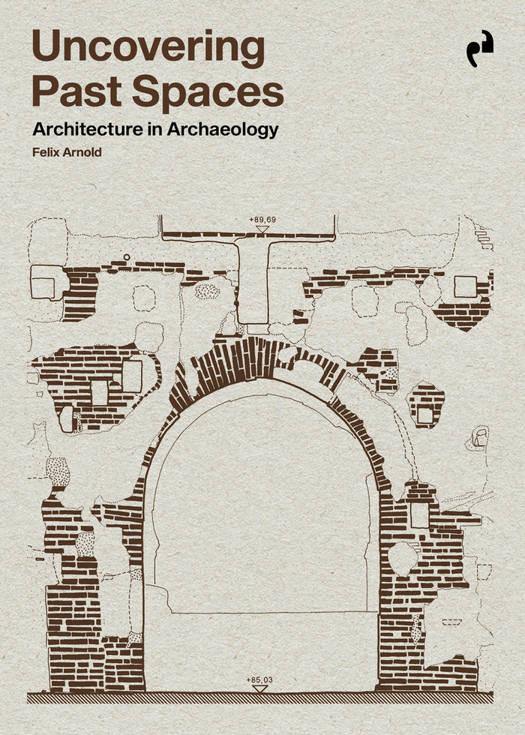
- Afhalen na 1 uur in een winkel met voorraad
- Gratis thuislevering in België vanaf € 30
- Ruim aanbod met 7 miljoen producten
- Afhalen na 1 uur in een winkel met voorraad
- Gratis thuislevering in België vanaf € 30
- Ruim aanbod met 7 miljoen producten
Zoeken
Omschrijving
Architects have been instrumental in developing the methods and standards for documenting, studying and publishing architectural remains in archaeology. At many sites, their reconstruction drawings shape our understanding of destroyed monuments. Architects often play a leading role in the restoration and reconstruction of buildings. In many countries they also direct archaeological field projects. In this introduction to archaeological building research, the questions, methods, techniques and possible results of the work of architects in archaeology are presented, based on the work of the internationally active German Archaeological Institute. Emphasis is placed on the importance of drawings in documenting observations made in the field, as well as on methods of reconstruction and architectural analysis of building remains. The aim is to introduce architects and students of architecture to a special field of work, and to give experts from other disciplines an insight into the research questions and methodology of architects and their potential contribution to archaeology and cultural history.
Specificaties
Betrokkenen
- Auteur(s):
- Uitgeverij:
Inhoud
- Aantal bladzijden:
- 96
- Taal:
- Engels
Eigenschappen
- Productcode (EAN):
- 9788419050960
- Verschijningsdatum:
- 15/01/2024
- Uitvoering:
- Paperback
- Afmetingen:
- 150 mm x 210 mm
- Gewicht:
- 210 g

Alleen bij Standaard Boekhandel
+ 47 punten op je klantenkaart van Standaard Boekhandel
Beoordelingen
We publiceren alleen reviews die voldoen aan de voorwaarden voor reviews. Bekijk onze voorwaarden voor reviews.








